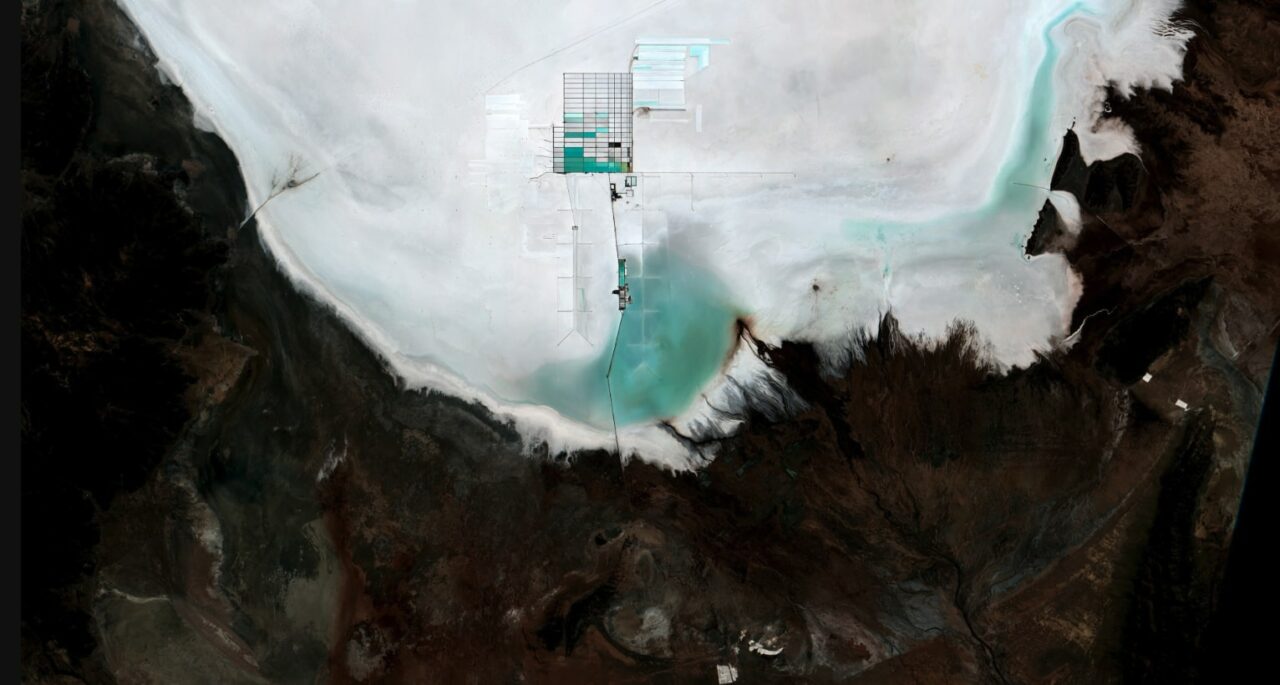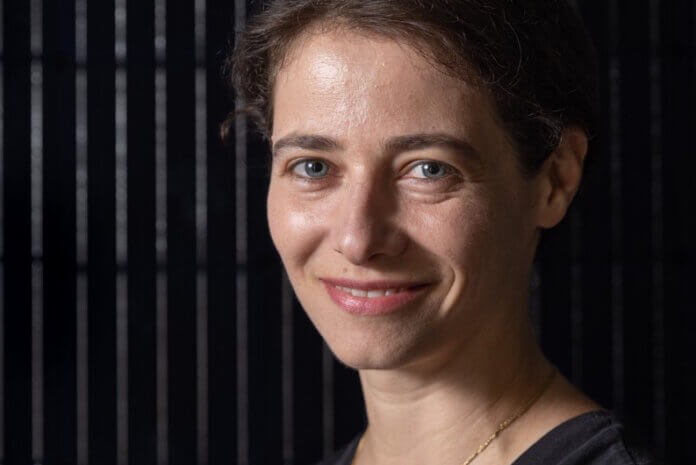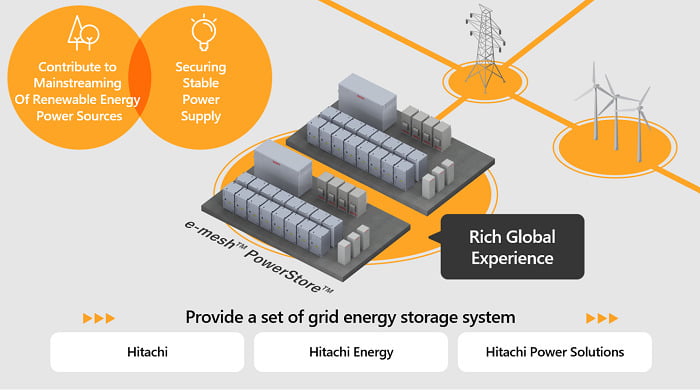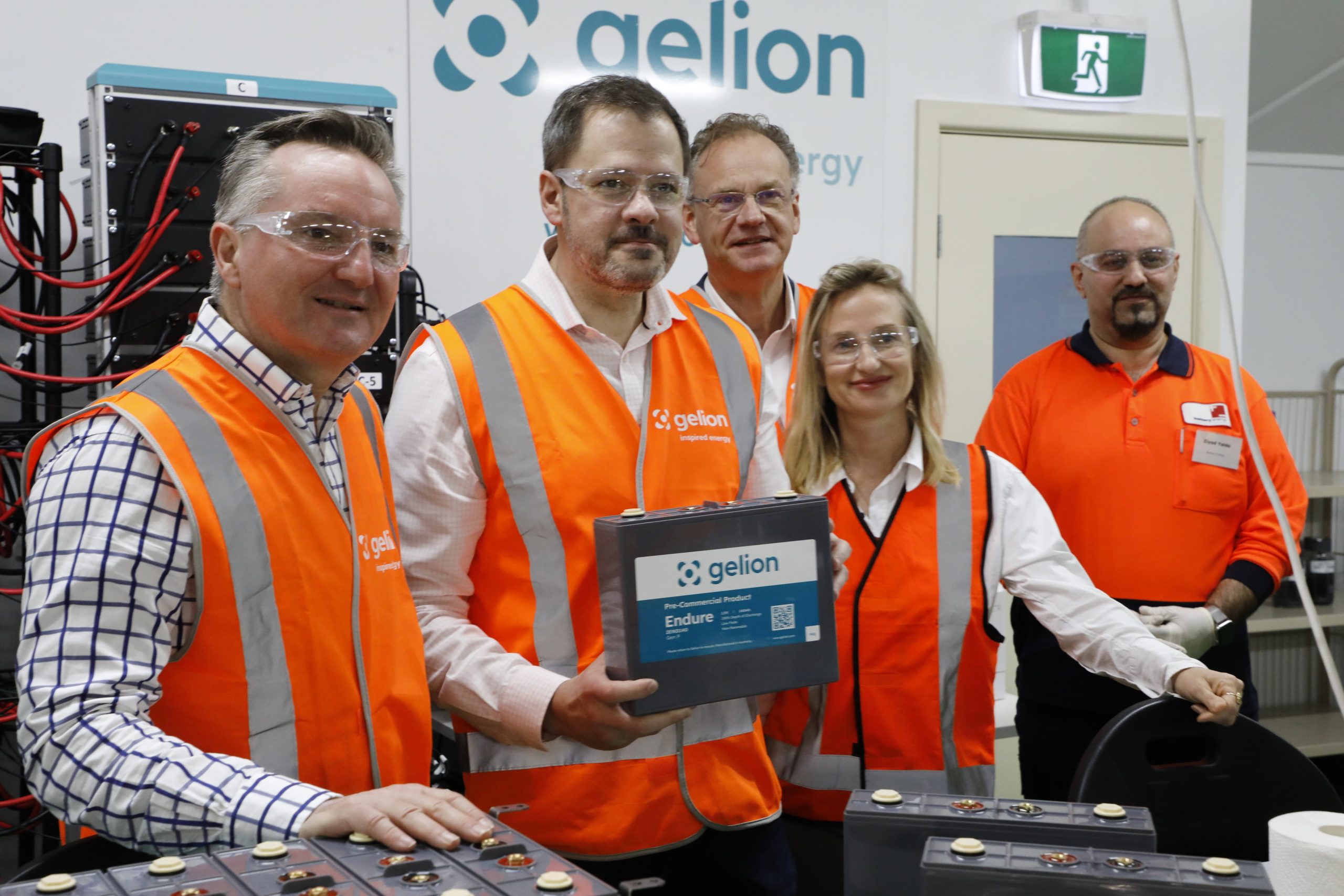According to the ACP report, 1,510MW of large-scale battery energy storage system (BESS) deployments were made in Q2 2023. Figures published earlier this year by research group Wood Mackenzie Power & Renewables – in association with ACP – showed 554MW grid-scale installs in Q1, while in Q4 2022, the number was 848MW.
Although solar PV led the way for Q2 with 2,740MW of large-scale additions, BESS placed second, ahead of the wind industry which deployed 968MW in the three-month period. ACP said the 1,510MW of new battery storage output corresponded to 5,098MWh of energy storage capacity, implying a continued growth in storage durations.
When reporting Wood Mackenzie’s Q1 2023 statistics in June, Energy-Storage.news noted that the clean energy sector had seen a slowdown in the first quarter, largely dictated by supply chain constraints and grid interconnection delays and waiting times.
ACP said the clean energy sector as a whole largely rebounded in Q2. In fact at 5,218MW combined solar, wind and battery installations, it was the second-highest Q2 figure recorded since the second quarter of 2021 when 7,189MW was installed. Around 9.4GW was installed across the three technologies from the start of the year to the midway point.
However, while both solar and wind install figures declined year-on-year from Q2 2022, solar by 1% and wind by 24%, there was a 32% growth in grid-scale battery storage installations.
Meanwhile, onshore wind’s pipeline was 6% shorter this quarter than in Q2 last year and although the pipeline of solar PV projects in development did grow 16%, this was dwarfed by a 45% growth in the battery storage development pipeline.
IRA boost for standalone storage development
That growth in pipeline can be attributed at least in part to the impact of the Inflation Reduction Act (IRA), ACP said. The IRA’s package of support for clean energy includes, for the first time, investment tax credit (ITC) incentives for standalone energy storage.
Whereas at the end of 2022, hybrid projects, mostly pairing solar with batteries, represented 70% of the total development pipeline for energy storage, as of Q2 2023, that has dropped to 56%. ACP also said that more than 60% of the 3GW of new storage projects entering the pipeline during the past quarter are standalone storage assets.
The US has now exceeded 11GW of cumulative installed grid-scale battery storage, having reached 11,071MW/31,066MWh as of the end of Q2 2023. At the end of 2022, those figures as reported by ACP had stood at 9GW/25GWh, including 4,027MW and 12,155MWh installed during last year.
The pipeline meanwhile includes 260 projects adding up to almost double that, at 21,069MW/59,925MWh, with the number of projects in development having grown solidly by around 14% for each of the past three successive quarters, ACP said.
Our publisher Solar Media is hosting the 10th Solar and Storage Finance USA conference, 7-8 November 2023 at the New Yorker Hotel, New York. Topics ranging from the Inflation Reduction Act to optimising asset revenues, the financing landscape in 2023 and much more will be discussed. See the official site for more details.
Continue reading










